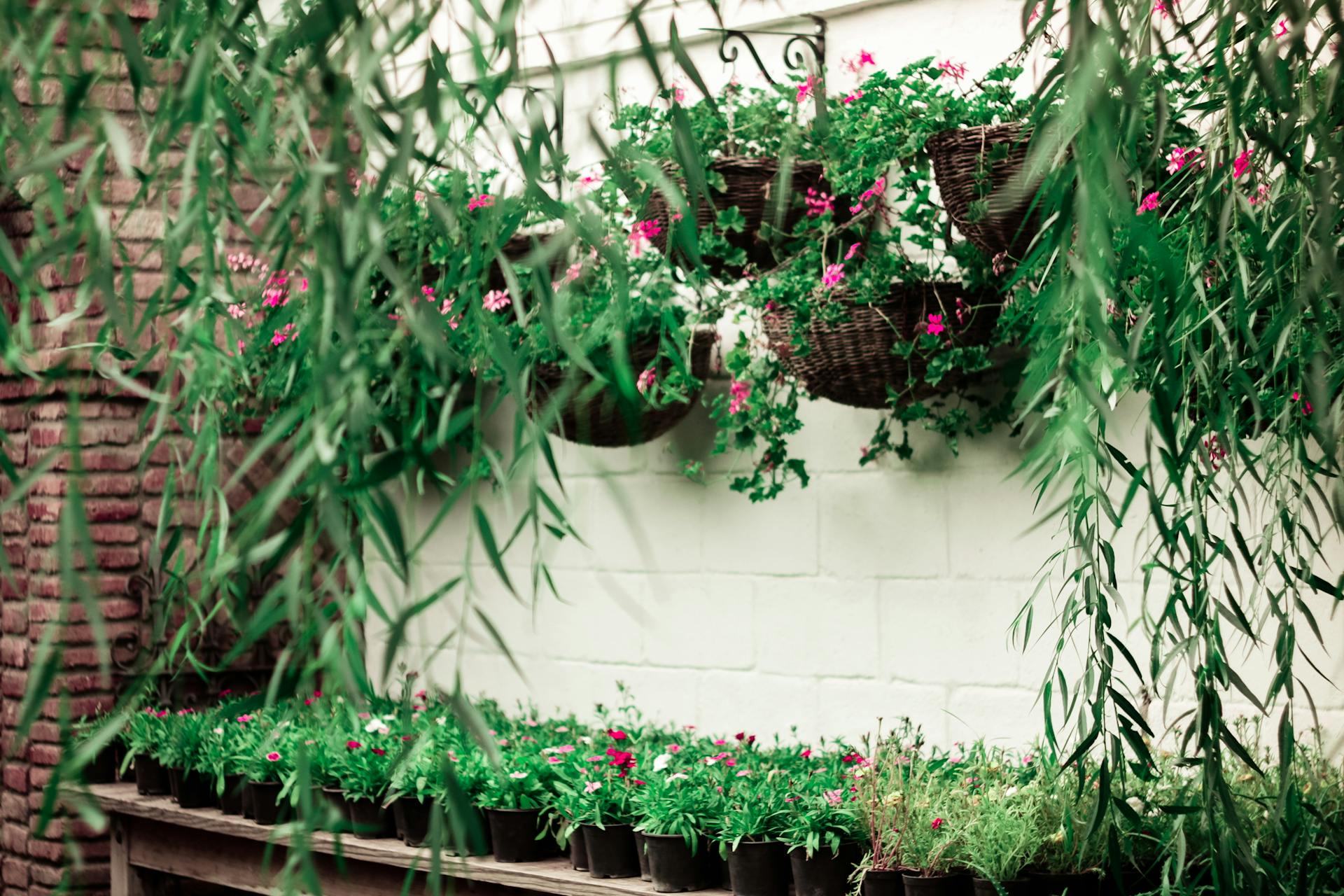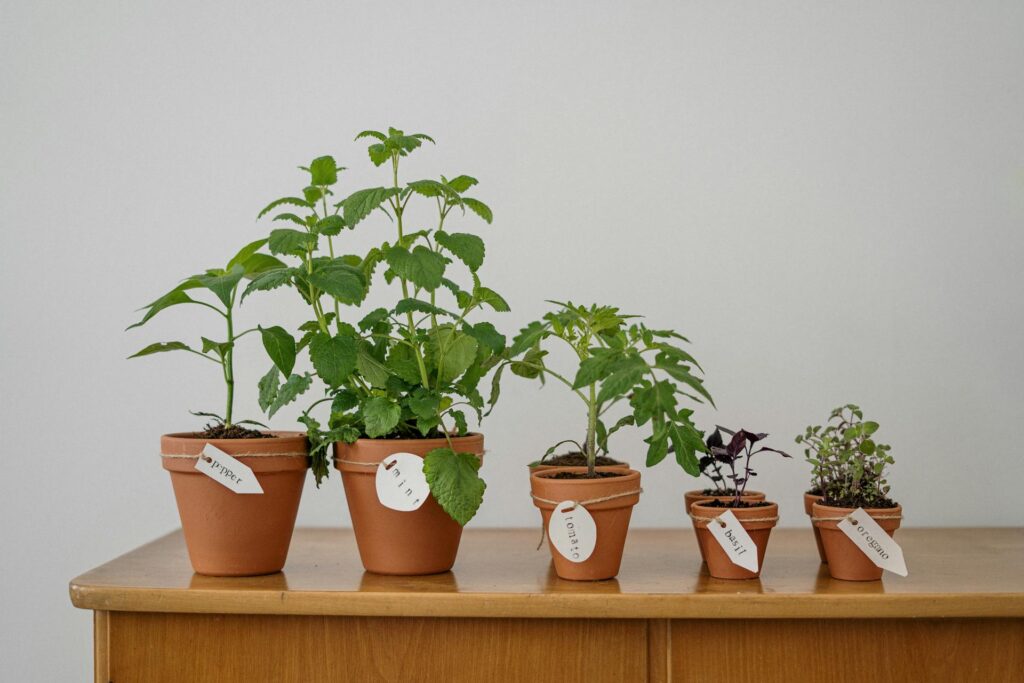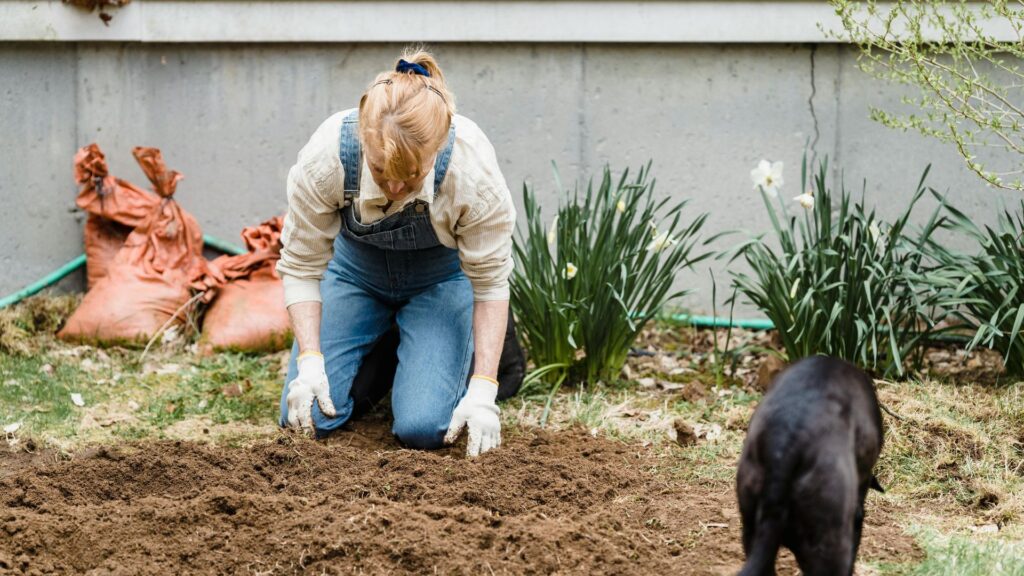You’re gazing at your small balcony or postage-stamp-sized backyard, fantasizing about a full garden but believing there just isn’t space. I understand, we’ve all had the frustration of wanting to plant but feeling hemmed in by square inches.
Here’s the revolutionary reality: you don’t need more earth space; you need to go up. Vertical gardening converts walls, fences, and even interior spaces into productive growing spaces that get the most out of each inch of your available space.
Why Vertical Gardens Are Perfect for Modern Living
Vertical gardening’s not just about saving space, though it does that very effectively. Vertical gardens are easier to maintain because everything’s at waist level, there’s less bending and kneeling, and you can spot any problems at once. Also, vertical gardens have gorgeous living walls that are like works of natural art as they’re producing food or flowers.
They’re also super adaptable. Whether you have a south-facing sun wall or a shady corner in your apartment, there’s a vertical solution that’ll work for your specific conditions and goals.
Wall Planters: The Key to Vertical Success
Wall planters are your entryway to gardening vertically, and they’ve come a long way from plain hanging baskets. Modern pocket planters made of fabric or felt allow you to create entire living walls of herbs, succulents, or flowering plants.
For garden spaces, cedar wall planters with drainage are perfect for vegetables like lettuce, spinach, and herbs. Mount them at accessible heights where you do not have to strain your back to water and harvest.
Wall planters indoors require special attention to drainage and light, but they’re perfect for utilizing to create gardens of herbs or bring greenery into living rooms. Choose plants with the same watering needs for each planter to simplify care.
Read More: 12 Easy-to-Grow Vegetables Perfect for Beginners
Tiered Shelving Systems That Maximize Growing Space
Tiered shelving units and plant stands offer multiple growing levels with not too much floor space. You can buy pre-assembled plant stands or create your own using cedar boards and brackets; it’s simpler than you think.
The key to successful tiered gardening is understanding the light requirements. Place your sunplants like tomatoes and peppers on higher tiers, and have lower levels for shade-tolerant herbs and leafy greens. This lighting progression of natural light simulates forest settings.
When indoors, buy grow lights for each tier. LED strip lights are efficient and do not generate excess heat that could damage plants on lower shelves.
Read More: How to Design a Low-Maintenance Garden
DIY Trellises: Support That Grows With Your Plants
Trellises are not only functional, but they’re also an opportunity to create attractive vertical features in the process of providing support to climbing plants. Simple A-frame trellises are perfect for beans, peas, and cucumbers, and wall-hung wire grids for heavier vines like grapes or climbing roses.
You can create stunning DIY trellises out of bamboo stakes, chicken wire, or even an old ladder. The trick is to strengthen them sufficiently for holding plants when they’re mature, and the added weight when they’re loaded with flowers or fruit.
Light trellises that clip onto balcony railings are convenient for urban residents, giving more growing space without permanently fixing anything.
Creative Containers for Every Space
Think outside the box when heading vertical. Hanging shoe organizers are surprisingly effective for strawberries or herbs, and repurposed pallets can be complete herb gardens when lined with landscape fabric.
Rain gutters mounted horizontally make ideal planters for shallow-rooted vegetables like lettuce and radishes. They’re lightweight, drain well, and look surprisingly chic when painted to coordinate with your space.
For indoor vertical gardens, wall-mounted mason jar systems offer charming herb gardens with minimal space utilized.
Keeping Your Vertical Garden Healthy
Vertical gardening success is dependent upon achieving the right watering. Plants in vertical systems dry out faster than plants in the ground, so consider installing drip irrigation or self-watering systems for large installations.
Group plants with the same needs together, and note that plants on higher tiers will need more water than lower tiers. Start small with a few easy-to-plant crops like herbs or lettuce before advancing to more complex systems.
Your vertical garden will convert dead wall space into productive, beautiful growing spaces that show you don’t need acres of space to plant your own vegetables or create beautiful plant displays.
Read More: Best Composting Setups for City and Suburban Homes



